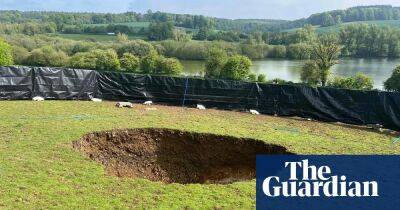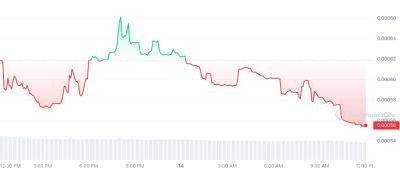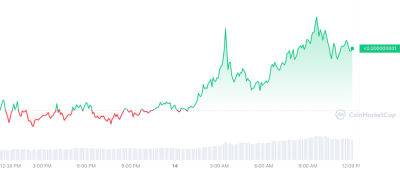UK government borrowed £13bn less than expected last year
The UK government borrowed about £13bn less than expected last year, official figures show, despite the budget deficit reaching the fourth-highest level on records dating back to 1946.
The Office for National Statistics said the gap between the state’s revenues and its spending was estimated at £139.2bn in the 12 months to March, an increase of more than £18bn from a year earlier.
However, the figure is lower than the £152.4bn forecast made by the Office for Budget Responsibility alongside the chancellor’s budget last month. Both spending and receipts came in lower than anticipated, with a particularly significant spending undershoot.
Analysts said the better than expected figures could provide Jeremy Hunt with wriggle room to cut taxes or increase spending before the next election.
“We wouldn’t be at all surprised to see a further fiscal loosening in the autumn statement,” said Ruth Gregory, the deputy chief UK economist at the consultancy Capital Economics.
However, the chancellor said “we cannot borrow forever”, adding that the government had a clear plan to get debt falling.
“These numbers reflect the inevitable consequences of borrowing eye-watering sums to help families and businesses through a pandemic and Putin’s energy crisis,” he said.
The snapshot showed the national debt – the sum total of every budget deficit – increased to £2.5tn, or about 99.6% of gross domestic product, the highest ratio since the early 1960s.
Sign up to Business Today
Get set for the working day – we'll point you to all the business news and analysis you need every morning
after newsletter promotion
It comes after a rise in government spending last year to support households and businesses struggling with soaring energy bills amid the cost of
Read more on theguardian.com















